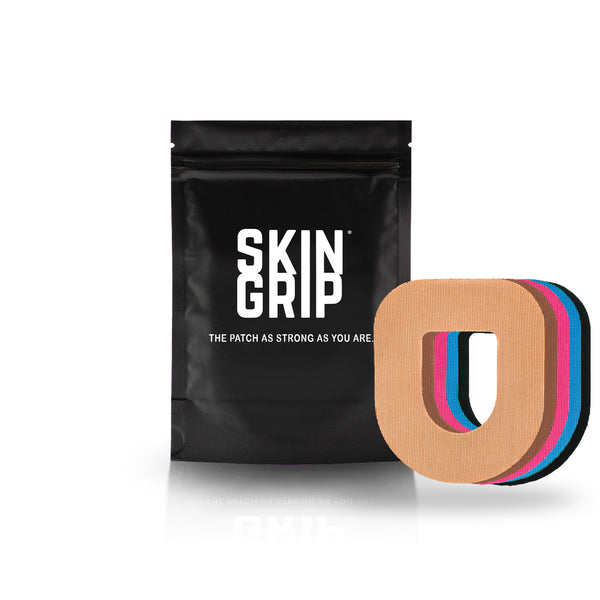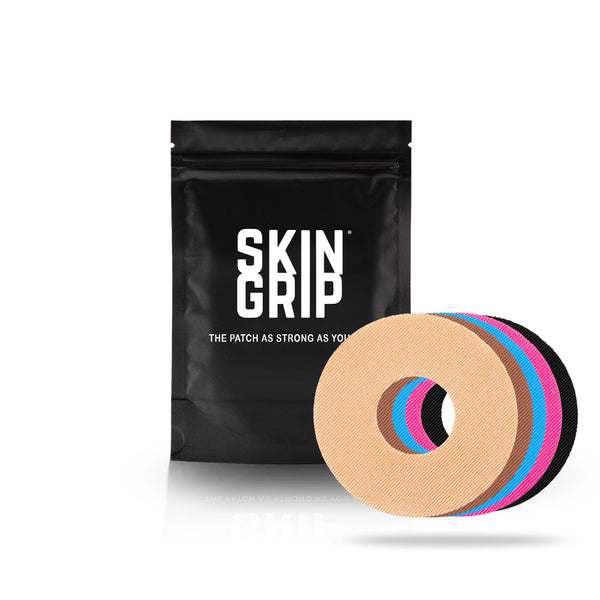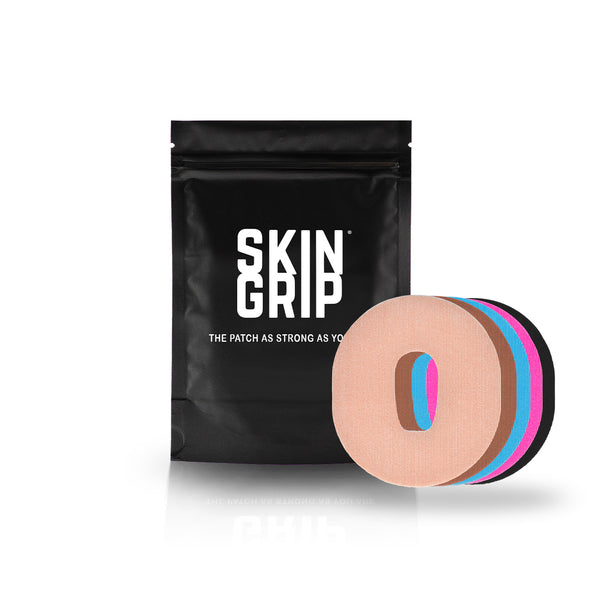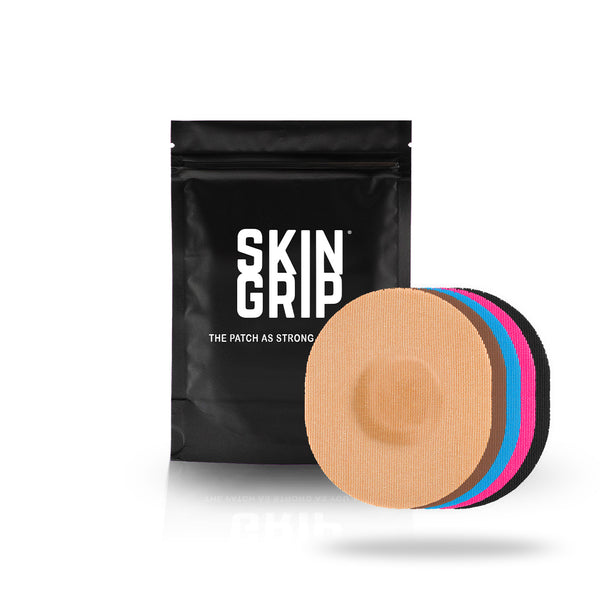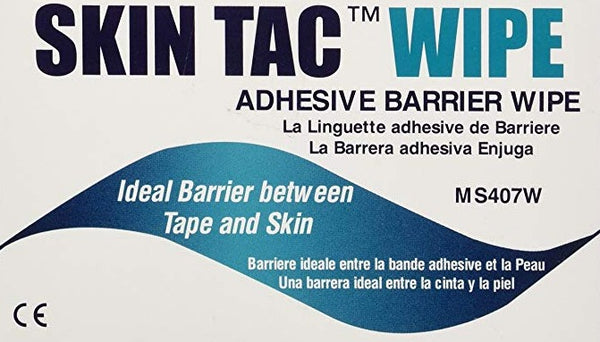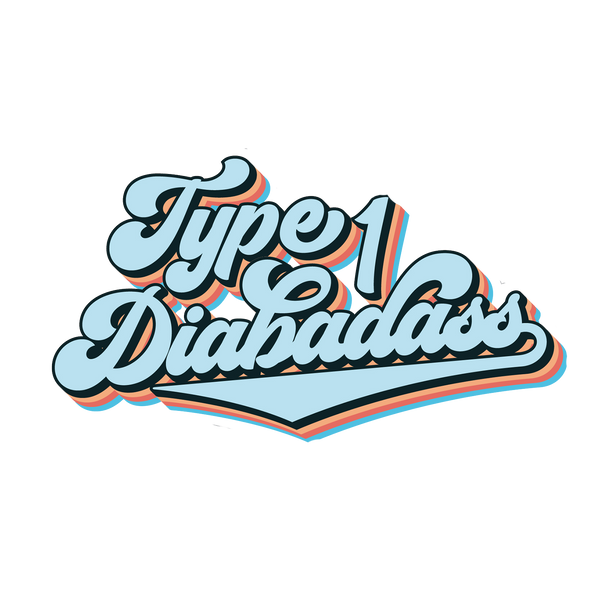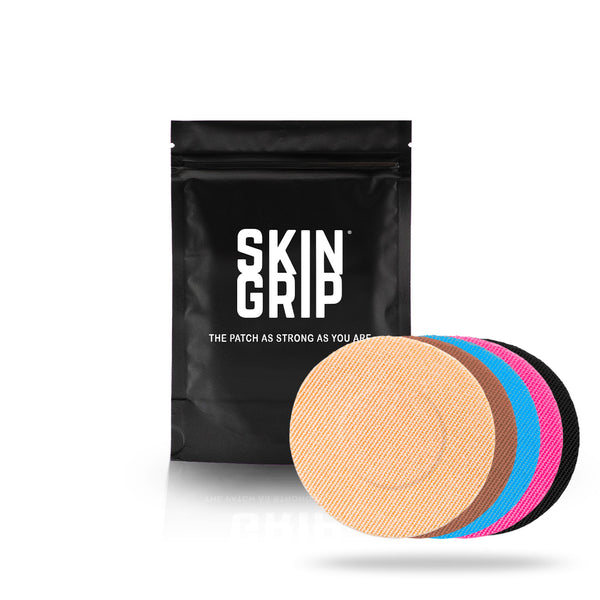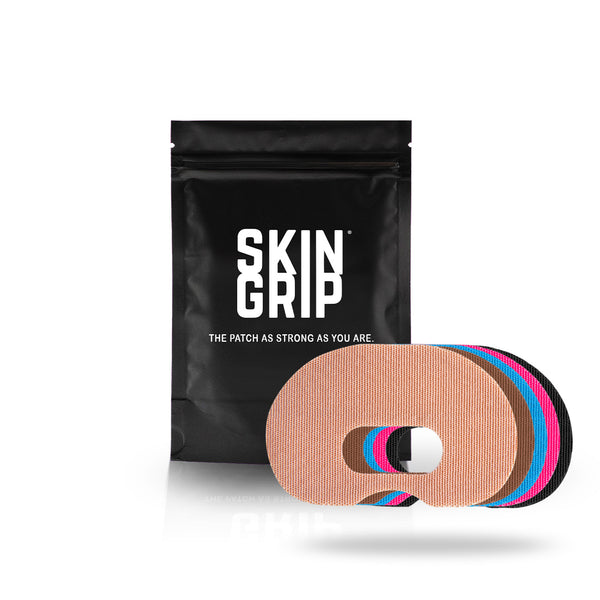
*Disclaimer: All content and information in this blog is for informational and educational purposes only.
Eli Lilly, one of the leading pharmaceutical companies for insulin, announced in March that it would cap insulin’s out-of-pocket expenses at $35 per month. This move has gained widespread praise for the drug manufacturer, given that the list price of insulin has tripled in recent years, despite the drug’s development more than 100 years ago. The rise in insulin list pricing is complex and influenced by numerous factors. With insulin costs still increasing, people with diabetes often face the dilemma of whether to purchase their medications or pay for other essentials, putting them at risk for significant short- and long-term health effects.
Keep reading for further details about the potential impact of Eli Lilly's recent announcement on insulin pricing and the out-of-pocket costs of individuals with diabetes.
Why is insulin important for people with diabetes?
Insulin is a crucial medication for millions of people living with diabetes, a chronic disease that affects how the body processes blood sugar. Without insulin, people with diabetes cannot regulate their blood sugar levels, which can lead to serious complications such as nerve damage, blindness, and even death. Unfortunately, the cost of insulin has been rising steadily in the US over the past few decades, making it unaffordable for many who need it to manage their diabetes.
What Insulin does Eli Lilly Make?
Eli Lilly is a leading insulin manufacturer, along with Novo Nordisk and Sanofi, producing Humalog (insulin lispro) and Basaglar (insulin glargine), as well as other medications like Trulicity and Mounjaro that help lower blood glucose levels.
Will Eli Lilly’s insulin be $35 for everyone?
According to Eli Lilly’s website, the current list price for Humalog is $530.40 and the list price of Basaglar is $326.36 per 5-pack of 3 mL KwikPens. Eli Lilly notes that the out-of-pocket costs will vary depending on their insurance coverage.
With their recent announcement, Eli Lilly has revealed plans to decrease the prices of its most frequently prescribed insulins by 70% and expand its Insulin Value Program to limit patient out-of-pocket expenses to $35 per month or less. The following is a timeline of Eli Lilly's strategy to lower insulin prices:
- Effective Immediately: Eli Lilly will implement a $35 price cap at participating retail pharmacies for individuals with commercial insurance who are not already covered by Medicare and for those without insurance can visit InsulinAffordability.com to download the Lilly Insulin Value Program savings card and purchase Lilly insulins for $35 per month.
- April 1, 2023: Eli Lilly will introduce a biosimilar and interchangeable version of Lantus called Rezvoglar, which is a basal insulin, at a cost of $92 per five-pack of KwikPens. This represents a discount of 78% compared to Lantus.
- May 1, 2023: Eli Lilly’s non-branded insulin Lispro vials will be reduced to $25 per vial which will be the lowest list-priced mealtime insulin available and cheaper than the price of a Humalog vial in 1999.
- Q4 2023 (date not released): The list price of name-brand Humalog, Eli Lilly's most commonly prescribed insulin, and Humulin will be reduced by 70% later on in 2023.
Why did Eli Lilly cap the price of insulin?
Patient advocates within the diabetes community have tirelessly campaigned for Eli Lilly to respond to high insulin prices, which appears to have had an influence over their decision.
Other factors were also at play, such as a viral tweet that caused a significant drop in the company's stock price, and increasing discussion about insulin price caps at the federal level.
Although there have been proposals to limit insulin costs for medicare recipients, these policies did not apply to private insured or uninsured individuals which would not put a price cap on insulin for a significant portion of the population.
Additionally, other insulin manufacturers have had a plan to produce generic versions of various insulin drugs, such as Civica RX, which has set a list price of no more than $30 per vial and $55 for a box of five pen cartridges.
While Eli Lilly's decision to introduce a price cap on insulin will provide relief to millions of insulin-dependent diabetics in the US, they are offering a solution to a problem that they had a strong influence in creating.
Will Novo Nordisk and Sanofi reduce insulin list prices?
In addition to Eli Lily, Novo Nordisk and Sanofi are the other leading insulin manufacturers. After Eli Lilly’s announcement, Novo Nordisk followed suit by announcing their plans to lower the list prices of several insulin products up to 75% that will take effect on January 1, 2024. The Novo Nordisk insulin products that are subject to price adjustments include the pre-filled pens and vials of Levemir and Novolin. These products are planned to be reduced 65% of the current list price. Novo Nordisk also plans to reduce the current list price of NovoLog and NovoLog Mix 70/30 up to 75%. They will reduce the list price of pre-filled pens, vials and pre-mix insulins of the following unbranded biologics, Insulin Aspart and Insulin Aspart Protamine/Insulin Aspart.
In addition, Sanofi announced the following changes effective January 1, 2024: Lantus (insulin glargine) list price will be cut by 78% and there will be an established $35 cap on out-of-pocket costs for Lantus for all patients with commercial insurance. Apidra (insulin glulisine) list price will be reduced by 70%.
What can I do if I can't afford my insulin?
If you cannot afford your insulin, there are several options available to you:
- Talk to your doctor: Speak to your doctor or healthcare provider about your situation. They may be able to suggest alternative treatments or recommend programs that can help you afford your medication.
- Check for patient assistance programs: Many drug manufacturers offer patient assistance programs that provide free or low-cost medication to individuals who meet certain eligibility criteria. You can check the manufacturer's website or contact them directly to find out if they offer such programs.
- Look for discount cards and coupons: There are several discount cards and coupons available that can help reduce the cost of insulin. You can check online or ask your pharmacist if they have any available.
- Check with your insurance provider: If you have health insurance, check with your provider to see if they cover the cost of insulin or if there are any programs or discounts available to you.
- Consider switching to a generic version: Generic versions of insulin may be less expensive than brand-name versions. Talk to your doctor to see if switching to a generic version is a safe and effective option for you.
If you are ever in an emergency situation where you cannot access insulin, bookmark this link for T1International for reference.
While there is a lot to be optimistic about, the insulin crisis isn’t over until all people with diabetes are able to access their insulin. The fight for insulin accessibility and affordability will continue until there is lasting legislation and protection against the pharmaceutical industry from raising future list prices.
Resources:
https://www.lilly.com/our-medicines/current-medicines
https://www.t1international.com/blog/2022/08/12/5-ways-to-combat-pharma-talking-points/
https://time.com/6259974/insulin-eli-lilly-cost-cap-sanofi-novo-nordisk/
https://www.drugs.com/price-guide/novolog-flexpen
https://www.teamingupfordiabetes.com/sanofidiabetes-savings-program
https://www.novocare.com/diabetes/help-with-costs/pap.html
https://www.insulinaffordability.com/











